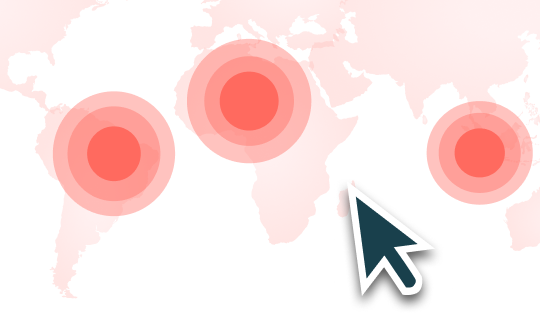The report provides a uniquely detailed assessment of the causes of deforestation across the entire Amazon region of South America. It uses the latest spatial and statistical data from the Deforestation Driver and Carbon Emission (DeDuCE) model.
It confirms that the expansion of agriculture and forestry is the main direct driver of deforestation across the Amazon region, responsible for the loss of 38 million hectares of forest in 2001–2022. Conversion to cattle pasture accounted for 83% of this deforestation and cropland 17%.
Where the report gives new insight is on the sub-regional patterns in deforestation drivers. While recent agriculture-driven deforestation (2017–2022) declined in most Amazon countries and is relatively stable in Brazil, it has significantly increased in Ecuador. Moreover, although pasture expansion remains the main driver of deforestation in Brazil, the report shows that cropland is becoming a more prevalent direct driver of deforestation in other Amazonian countries. Soy-related deforestation is particularly prominent in Bolivia, while in Colombia, Ecuador and Peru, cocoa and oil palm are important drivers. In Peru and Venezuela, staple crops like maize, rice and cassava contribute significantly to deforestation. In contrast, the report identifies mining as a major cause of deforestation in Guyana and Suriname.
The results highlight the need for targeted plans by companies and governments to address deforestation tailored to specific sub-national contexts. To support this, the researchers provide an online open-access dashboard which has commodity-level deforestation estimates for each country and sub-national region across the Amazon. The report calls for greater collaboration between governments, companies and civil society to improve data collection, knowledge sharing and resource coordination to better inform policy actions towards halting deforestation.
Chalmers University of Technology, Stockholm Environment Institute, Trase and WWF, 2024, Uncovering Sub-Regional Drivers of Deforestation in the Amazon: A Tool for Targeted Solutions
Was this article useful?





